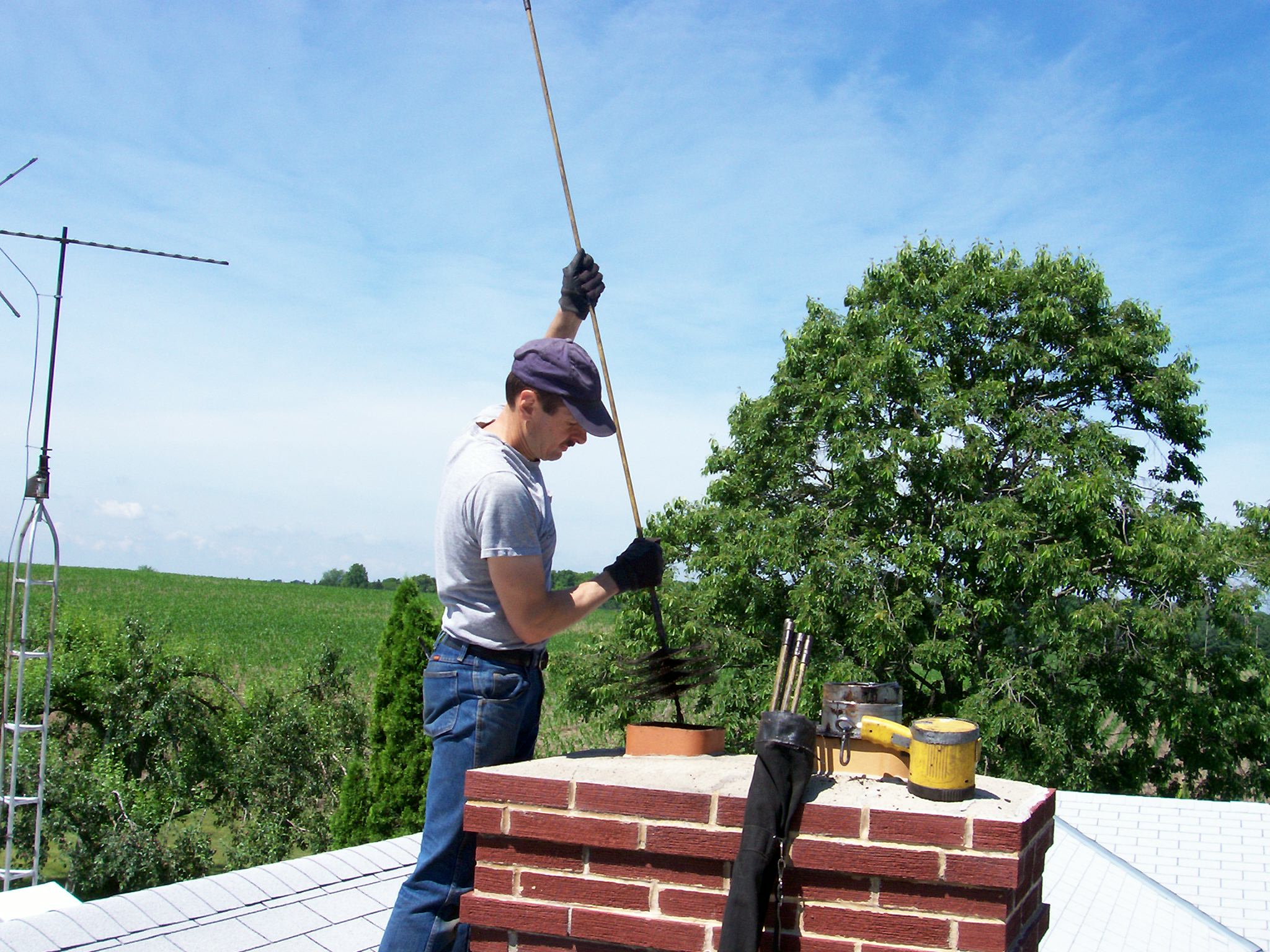Chimney Cleaning San Jose: What to Anticipate From Expert Cleansers
Why Normal Chimney Cleansing Is Necessary for Avoiding Fire Threats in your house
Keeping a risk-free home setting calls for vigilance in different elements, consisting of the condition of your smokeshaft. Routine smokeshaft cleansing plays an essential function in stopping fire hazards by eliminating creosote buildup, which presents a substantial risk for smokeshaft fires.
Recognizing Creosote Accumulation

Creosote build-up happens as a result of incomplete combustion of timber, causing the build-up of tar-like substances within the smokeshaft flue. This procedure is influenced by several variables, consisting of the kind of wood melted, the efficiency of the fire place or oven, and the temperature at which the fire is maintained. When wood is shed, wetness, volatile organic compounds, and particulate issue are released. If the combustion procedure is insufficiently efficient, these byproducts do not totally ignite, resulting in the development of creosote.
It is crucial to acknowledge that creosote buildup is not just an aesthetic issue; it poses a substantial threat to the stability of the smokeshaft and the safety of the home. Regular examinations and cleanings are essential to mitigate the danger of creosote buildup, ensuring that the chimney runs effectively and safely.
Dangers of Neglected Chimneys
Ignoring chimney upkeep postures serious dangers that can endanger both residential property and individual security. Among the main threats is the accumulation of creosote, an extremely combustible compound that develops on the chimney walls. When sparked, this creosote can bring about chimney fires, which can rapidly infect the remainder of the home, endangering lives and triggering considerable residential or commercial property damages.
In addition, a disregarded smokeshaft may develop structural issues, such as cracks or obstructions, which can hinder proper air flow. This can result in damaging smoke and hazardous gases, such as carbon monoxide gas, going into the home. The absence of ample airflow can also result in ineffective home heating, raising power costs and additional risking the honesty of heating home appliances.
Inadequately preserved smokeshafts can additionally bring in bugs, such as birds and rodents, which may develop nests and obstruct the flue. This obstruction can intensify the threat of fire and jeopardize the smokeshaft's functionality. Generally, the dangers related to neglected smokeshafts underscore the significance of normal maintenance and examinations to make sure the safety and security and health of your home and its owners.
Benefits of Regular Cleaning
Regular smokeshaft cleansing supplies many advantages that directly neutralize the threats linked with disregard. Routine cleaning removes this build-up, consequently decreasing the chances of a smokeshaft fire.
Furthermore, normal maintenance improves the effectiveness of your heater. A clean smokeshaft enables for far better check this air movement, which optimizes combustion and boosts the general performance of your fireplace or oven. This performance can convert into reduced energy expenses and a reduced environmental influence.
Another important benefit is the avoidance of carbon monoxide gas build-up. Obstructed or unclean chimneys can bring about dangerous gas backflow right into the home, presenting severe wellness threats to homeowners. Regular cleaning makes sure that your smokeshaft operates securely, providing comfort.
Last but not least, maintaining a clean chimney can prolong its life-span. By preventing corrosion and damage triggered by soot and particles, property owners can avoid pricey fixings or substitutes. In summary, regular chimney cleaning not only safeguards your home from fire hazards but also advertises efficiency, safety, and longevity.
Signs Your Smokeshaft Requirements Attention

Another secret sign is smoke or fumes backing up into the home during use, which suggests a blockage or not enough draft. An uncommon smell, specifically a mildewy or poignant odor, can likewise symbolize entraped debris or creosote. In addition, noticeable fractures or damage in the smokeshaft structure, both within and outside, can compromise its honesty and call for instant interest.

Picking an Expert Service
Picking the appropriate professional service for smokeshaft cleansing and upkeep is essential for making certain both safety and security and efficiency. Look for companies that are accredited by recognized companies, such as the Smokeshaft Security Institute of America (CSIA)
Next, think about the company's experience and track record. Established services with a strong performance history are extra most likely to provide reliable solutions. Reviewing on-line testimonials check out here and asking for references can offer beneficial insights right into the top quality of their job.
Additionally, ask about the particular services offered. A detailed chimney cleansing ought to include examination, sweeping, and suggestions for repairs if required. Ensure that the business uses the most up to date tools and strategies to accomplish reliable results.
Final Thought
Routine smokeshaft cleansing is critical for preserving safety and security and efficiency in residential home heating systems. By resolving creosote build-up, home owners can dramatically minimize the danger of smokeshaft fires and carbon monoxide exposure.